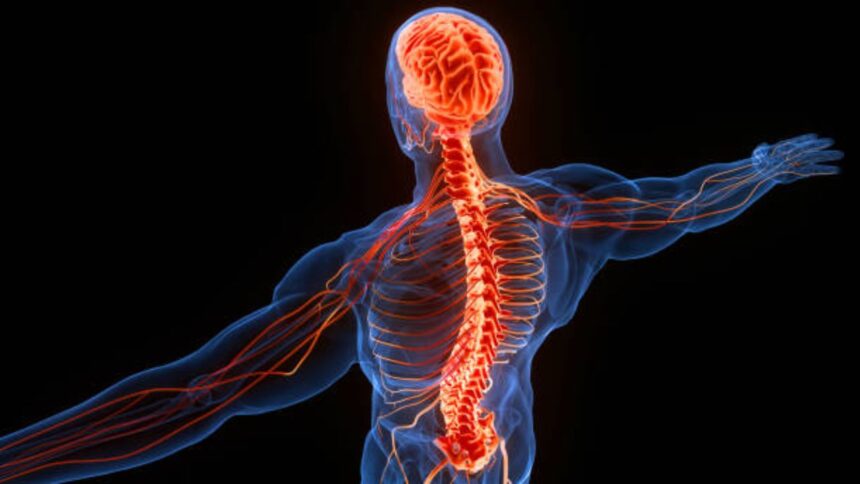Blood Thinners: Every year, approximately 15 million individuals worldwide suffer from a stroke, with around 62% of them experiencing an ischemic stroke due to arterial blockages disrupting blood flow to the brain.
Recognizing the urgency, it’s crucial to treat stroke symptoms as an emergency by promptly dialing 911.
The primary treatment for an ischemic stroke involves administering clot-busting medication to dissolve arterial clots and restore normal blood circulation to the brain. This medication needs to be administered within three hours of the onset of stroke symptoms.
Following a stroke, doctors may prescribe blood-thinning medications to reduce the risk of clot formation.
Recently, researchers from Washington University School of Medicine in St. Louis presented their latest findings at the American Stroke Association’s International Stroke Conference 2024.
Their research revealed that administering blood thinners alongside clot-busting medications did not significantly improve a patient’s outcome after 90 days. Furthermore, this combination treatment did not increase the risk of bleeding in the brain.
Why researchers examined the combination of clot-busting medication and blood thinners
In situations like a stroke or a heart attack, where arterial blockage disrupts blood flow to the heart, doctors often administer thrombolytics, which are clot-busting medications.
Individuals who have experienced either a stroke or a heart attack may also receive a prescription for blood thinners to prevent clot formation and reduce the likelihood of another episode.
Dr. Opeolu M. Adeoye, who holds the position of BJC HealthCare Distinguished Professor of Emergency Medicine and serves as the chair of the Department of Emergency Medicine at Washington University School of Medicine in St. Louis, MO, led the recent study. The research team aimed to investigate the impact of adding blood thinners to clot-busting medications for individuals with ischemic stroke.
The motivation behind this study stemmed from the observation that although clot-busting medications are effective in treating ischemic stroke, approximately half of the treated patients still experience disability three months after the stroke despite receiving this treatment.
No change in the 90-day results
In this study, Dr. Adeoye and his team examined data from the Multi-Arm Optimization of Stroke Thrombolysis (MOST) trial, which involved participants from 57 medical centers across the United States.
The participants in the MOST trial had experienced an ischemic stroke severe enough to potentially require rehabilitation.
All participants received a standard clot-busting medication within three hours of the onset of stroke symptoms. Subsequently, they were randomly assigned to receive either one of two blood thinners, argatroban or eptifibatide, within 75 minutes of receiving the clot-busting medication, along with a 2-hour infusion of the blood thinner, or they were given a placebo.
Upon analyzing the data, the researchers discovered that adding blood thinners to the clot-busting medication did not lead to an improvement in the participants’ physical function levels 90 days after experiencing an ischemic stroke.
Consequently, the MOST trial was halted in July 2023 after evaluating the results from the first 500 participants out of the planned 1,200 participants. The findings suggested that completing the study was highly unlikely to reveal any benefit from the combined treatment approach.
Positive lessons for stroke victims and clinicians
Dr. Adeoye expressed surprise at the unfavorable results of the study. “The primary aim of stroke treatment is to reopen clotted blood vessels,” he clarified. “Previous studies had suggested that these medications might enhance outcomes, so it was unexpected to find no discernible benefit.”
He elaborated, pointing out a key disparity between the MOST trial and earlier studies. “Prior research was conducted before the widespread use of thrombectomy, a procedure for physically removing clots,” he explained. “As a result, any potential advantages of the medications may have been diminished, considering that 44% of MOST patients underwent thrombectomy.”
Despite the disappointing findings, Dr. Adeoye highlighted some positive insights for future ischemic stroke research. Notably, the study revealed that the two blood thinners tested did not significantly elevate the risk of brain bleeding.
“Brain bleeding is a critical safety concern in treating stroke patients with clot-busting medication or blood thinners,” Dr. Adeoye emphasized. “Our findings indicate that the addition of extra blood thinners did not increase the incidence of brain bleeding. This suggests that the approach is safe and warrants further exploration.”
Laying the groundwork for upcoming research
Upon reviewing the study, Dr. José Morales, a vascular neurologist and neurointerventional surgeon at Pacific Neuroscience Institute in Santa Monica, CA, found the results intriguing. He highlighted the significance of the findings, particularly regarding the administration of blood thinners following thrombolytic treatment.
Dr. Morales explained, “Traditionally, we refrain from prescribing blood thinners within the first 24 hours after administering thrombolytic agents due to concerns about the risk of intracranial hemorrhage. However, this study addressed a longstanding question that hadn’t been explored in randomized clinical trials—whether there is a safety margin for using blood thinners in this context.”
He emphasized that while thrombolytic medications have a short half-life, attempting to augment antiplatelet regimens to mitigate the risk of residual thrombosis or atherothrombosis is neither particularly effective nor safe at present. Dr. Morales suggested exploring alternative agents, such as aspirin, in future research.
Dr. Cheng-Han Chen, a board-certified interventional cardiologist and medical director of the Structural Heart Program at MemorialCare Saddleback Medical Center in Laguna Hills, CA, also shared insights on the study.
Dr. Chen underscored the parallels between stroke, often referred to as a “brain attack,” and heart attack, which are driving efforts to investigate whether treatments commonly used for heart attacks could benefit stroke patients as well.
He noted, “While the study did not demonstrate a benefit from these medications, it is noteworthy that no evidence of harm was found either. This underscores the need to explore specific stroke treatments that may involve these medications. It would be beneficial to explore alternative avenues of drug delivery and conduct further research involving different types of blood thinners.”
Also Read: Researchers Examine Urine-Based Test for Early Detection of Ovarian Cancer

